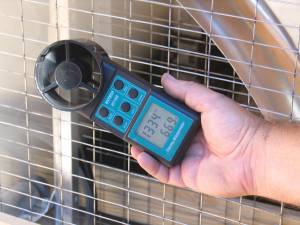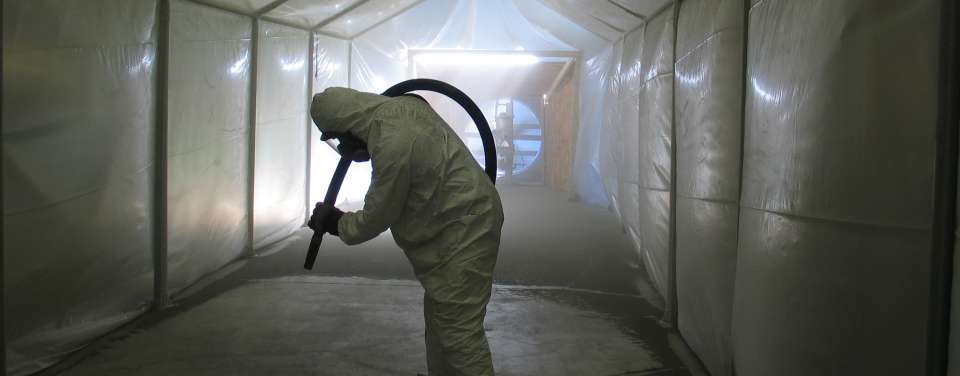Midwest Research Institute Reports: Sponge-Jet Alone Is Like Using Containment
As cited by many governing bodies and research organizations, traditional abrasive blasting techniques are harmful to our environment and health. So, more innovative abrasive blasting technologies are being used and evaluated to improve overall production quality and efficiency for corporations and individuals alike.
But how are alternative abrasive blasting technologies like Sponge-Jet® Sponge Media proving their true value?
Emissions Research Relays the Results: How Sponge-Jet Sponge Media™ Stacks Up Against Silica Sand and Coal Slag
As an environmental research company specializing in emission standards, Midwest Research Institute conducted a series of tests to update their work on the U.S. Environment Protection Agency’s (EPA) Compilation of Air Pollutant Emission Factors (AP-42).
Within this study, supplemental tests using Sponge-Jet Sponge Media abrasives’ particulate matter (PM) emissions were generated and compared to that from other traditional abrasive materials like silica sand and coal slag that had been evaluated in AP-42 Section 13.2.6 (“Abrasive Blasting”), as funded by the EPA.
The supplemental testing protocol matched to every extent possible the AP-42 background document and the EPA test program – which enabled direct comparison with the AP-42 emission factors.
The test relied on “exposure profiling,“ which is an approved EPA technique for characterizing a broad class of anthropogenic PM sources. The method isolates a single emission source, allowing for comparison with the AP-42 emission factors.
The testing was administered by Dr. Gregory E. Muleski of the Midwest Research Institute, and measured:
- Total particulate (TP) and respirable particles under 10 microns in diameter (PM-10) when blasting with coal slag, Sponge Media abrasives used once, and Sponge Media abrasives used ten times.
The results were as follows:
- After one use, Sponge Media reduced TP emissions by 94 percent and at or below 97 percent for PM-10 versus coal slag.
- After one use, Sponge Media reduced TP emissions by 96 percent and at or below 99 percent for PM-10 versus silica sand.
- After 10 uses, Sponge Media (with 17 percent new Sponge Media) the TP emissions were 91% and at or less than 93% for PM-10 versus coal slag.
- After 10 uses, Sponge Media (with 17 percent new Sponge Media), the TP emissions were 94% and at or less than 96% for PM-10 versus silica sand.
Emissions Research Conclusion: How Sponge-Jet Sponge Media™ Stacks Up Against Silica Sand and Coal Slag
Upon completion, the MRI study found that:
“Sponge Media provides a control level essentially identical to the 95% value commonly assigned to fabric filtration”.
In layman’s terms, this means that using Sponge Media with NO protection is virtually identical to using coal slag or silica sand WITH filtration protection. Additionally, a single blasting operation could use 100 times as much Sponge Media and still meet emission limitations based on silica sand or coal slag.
For more information on this MRI research study and testing results, click here for the complete report.
______________________________________________________________________________
Today, regulatory bodies and public interest groups are bringing to light the harmful effects of traditional abrasive blasting techniques—both environmental and health related. This realization has corporations worldwide seeking safer methods to eliminate, substitute, or isolate the need for traditional tactics so they can leave a cleaner environmental footprint, protect their workers, and more efficiently conduct business operations.
If you are involved in a project that will require abrasive blasting, contact Sponge-Jet today to learn more about our clean, dry, low-dust, reusable abrasive blasting technology and its proprietary benefits.








